
Have you ever felt the pull of the wild, where nature’s raw power leaves you breathless and awestruck? The places we’re about to explore aren’t just destinations—they’re challenges.
They test your limits, push you to the edge, and demand respect. From blistering heat that scorches your skin to frigid cold that numbs your bones, these landscapes aren’t for the faint of heart. But for those brave enough to take them on, the rewards are beyond words.
Ready to step into Earth’s harshest environments and witness the unforgettable beauty they hold? Keep reading—these places are calling.
1. Death Valley, USA
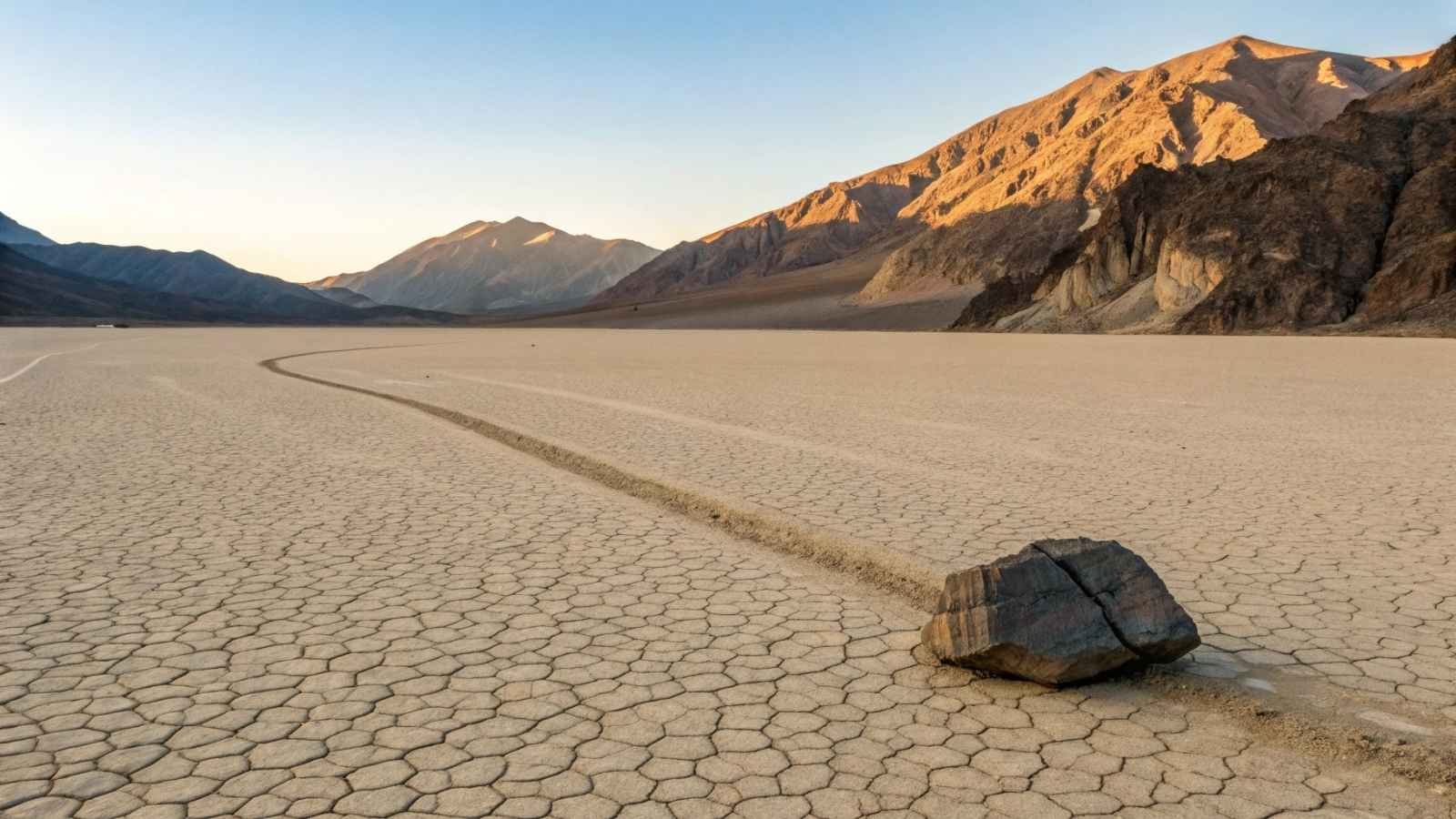
Nestled in California and Nevada, Death Valley is one of the hottest places on Earth, holding the record for the highest air temperature ever recorded: 134°F (56.7°C). The name itself sends shivers down your spine, yet there’s an undeniable pull that draws people to its barren beauty. From the striking salt flats to the mesmerizing dunes, the landscape is harsh yet oddly serene. The contrast of colors at sunrise and sunset—when the rocky canyons glow with shades of purple, orange, and gold—feels like something from another world.
As much as the heat can be punishing, it’s the silence that leaves an impression. You’re so far from civilization that the stillness is overwhelming. It feels like time slows down, and you’re a mere spectator to nature’s raw power. I’ll never forget the soundless expanse, with the vast desert stretching for miles, broken only by the occasional wind gust. If you’re looking for something that feels like an alien world, Death Valley delivers.
However, extreme caution is essential if you plan to visit. The desert can be unforgiving, especially in the summer when temperatures can rise above 120°F (49°C), so preparation is key. Hydration is vital, and you’ll want to bring plenty of water, especially if you’re planning on hiking or exploring remote areas.
Additional Information:
- Best Months to Visit: Late fall to early spring (October to April).
- Top Attractions: Badwater Basin, Zabriskie Point, Dante’s View, Mesquite Flat Sand Dunes.
- Tips:
- Always travel with a full tank of gas.
- Dress in lightweight, light-colored clothing and wear a wide-brimmed hat.
- Stay indoors during midday heat and explore in the early morning or late afternoon.
- Be mindful of wildlife like scorpions and rattlesnakes.
2. The Atacama Desert, Chile
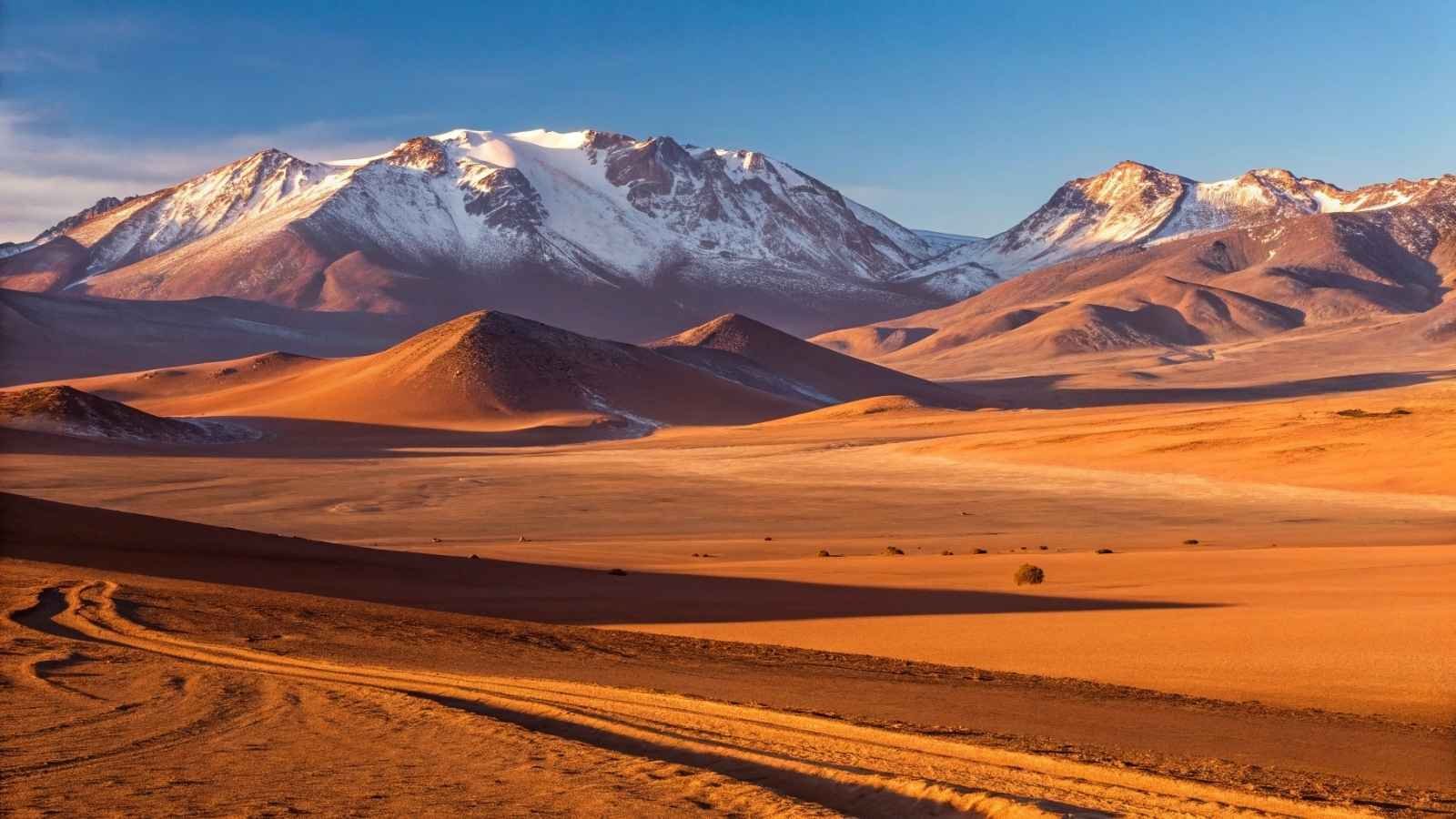
Known as the driest desert on Earth, the Atacama Desert is an otherworldly place where rain is so rare that some parts haven’t seen a drop in centuries. The arid landscape is punctuated by salt flats, high-altitude lagoons, and volcanic peaks, making it a dream for adventurers. The combination of extreme dryness and harsh sunlight has created a surreal scene where colors seem to intensify: the blue skies, the browns of the salt flats, and the deep greens of the few hardy plants.
As you wander through Valle de la Luna (Valley of the Moon), you’re struck by the alien-like terrain that gives a sense of isolation. It’s almost like you’ve stepped onto another planet. And yet, the sunsets here are legendary, turning the desert into a canvas of fiery reds and purples. Being in the Atacama is a reminder of the immense power of nature, shaping and reshaping this stunning, harsh land over millennia.
But this isn’t just a dry heat. At night, temperatures can plummet to below freezing, even in the desert. The high altitude (up to 14,000 feet) makes the air thin and the weather unpredictable. You may experience extreme heat during the day, followed by biting cold at night, so layering is a must for this extreme destination.
Additional Information:
- Best Months to Visit: April to October (for the mildest temperatures).
- Top Attractions: Valle de la Luna, Salar de Atacama, El Tatio Geysers, Laguna Cejar.
- Tips:
- Stay hydrated, even though the dry air can fool you into thinking you don’t need water.
- Bring warm clothing for the night, even in the desert heat.
- Consider visiting the salt flats at sunrise for a surreal, serene experience.
- Watch out for the high-altitude effects; take it slow to acclimatize.
3. Antarctica

If there’s a place on Earth that pushes the limits of human endurance, it’s Antarctica. The cold here is like no other; the average temperature hovers around -58°F (-50°C) in the winter, and even in the summer, it barely creeps above freezing. Despite this, Antarctica’s beauty is unparalleled—huge glaciers, towering icebergs, and an oceanic wilderness that’s home to penguins, whales, and other majestic wildlife. There’s a purity to the place, untouched by civilization and brimming with stark, icy landscapes that few will ever experience.
The sense of solitude in Antarctica is unlike any other. As you stand on the frozen continent, surrounded by vast, white expanses, it’s easy to feel both insignificant and awestruck. The sound of snow crunching underfoot is about all you’ll hear, with nothing else but the endless horizon. Expedition cruises are the most common way to visit, offering a glimpse into the lives of researchers and explorers who brave the elements year-round.
But let’s be clear: Antarctica isn’t for the faint of heart. The extreme cold, unpredictable weather, and isolation make it a physically and mentally demanding place to visit. But if you have the resilience, it can be the adventure of a lifetime.
Additional Information:
- Best Months to Visit: November to March (summer months, when temperatures are slightly higher).
- Top Attractions: South Pole, Lemaire Channel, Port Lockroy, Deception Island.
- Tips:
- Prepare for extreme cold; layers are critical (base layers, insulated outerwear, and sturdy boots).
- Expect rough seas and possible weather delays; flexibility is key.
- Take precautions against seasickness if traveling by ship.
- Only visit with a reputable tour operator, as the environment is highly regulated.
4. Mount Everest, Nepal/Tibet

Standing at 29,032 feet (8,848 meters), Mount Everest is the highest peak on Earth, and it is a coveted challenge for mountaineers worldwide. Climbing Everest is no small feat—extreme cold, unpredictable weather, and oxygen-thin air are just a few of the hurdles you’ll face. The frozen winds and constant snowstorms make it one of the harshest environments on Earth, yet adventurers continue to scale it, driven by the dream of standing at the top of the world.
It’s not just about the climb. The trek to Everest Base Camp, though less challenging than summiting the peak, still exposes you to some of the most extreme conditions on Earth. The air is thin, temperatures dip below freezing, and the terrain is rugged. As you walk through the Khumbu Icefall, surrounded by towering glaciers, it’s impossible not to feel the magnitude of your surroundings.
Everest’s allure isn’t just about conquering nature’s most formidable peak—it’s about experiencing a place where the beauty is awe-inspiring and the danger ever-present. Those who visit get a unique perspective on the resilience of the human spirit. But even if you’re not climbing, witnessing this towering peak firsthand is unforgettable.
Additional Information:
- Best Months to Visit: March to May, September to November (pre and post-monsoon).
- Top Attractions: Everest Base Camp, Khumbu Icefall, Kalapathar, Tengboche Monastery.
- Tips:
- Prepare for altitude sickness; take your time acclimatizing.
- Bring a high-quality camera for breathtaking views, but don’t overpack.
- Make sure your gear is extreme weather-ready (windproof, waterproof, insulated).
- Always travel with a guide and ensure your climbing permit is arranged well in advance.
5. Sahara Desert, Africa
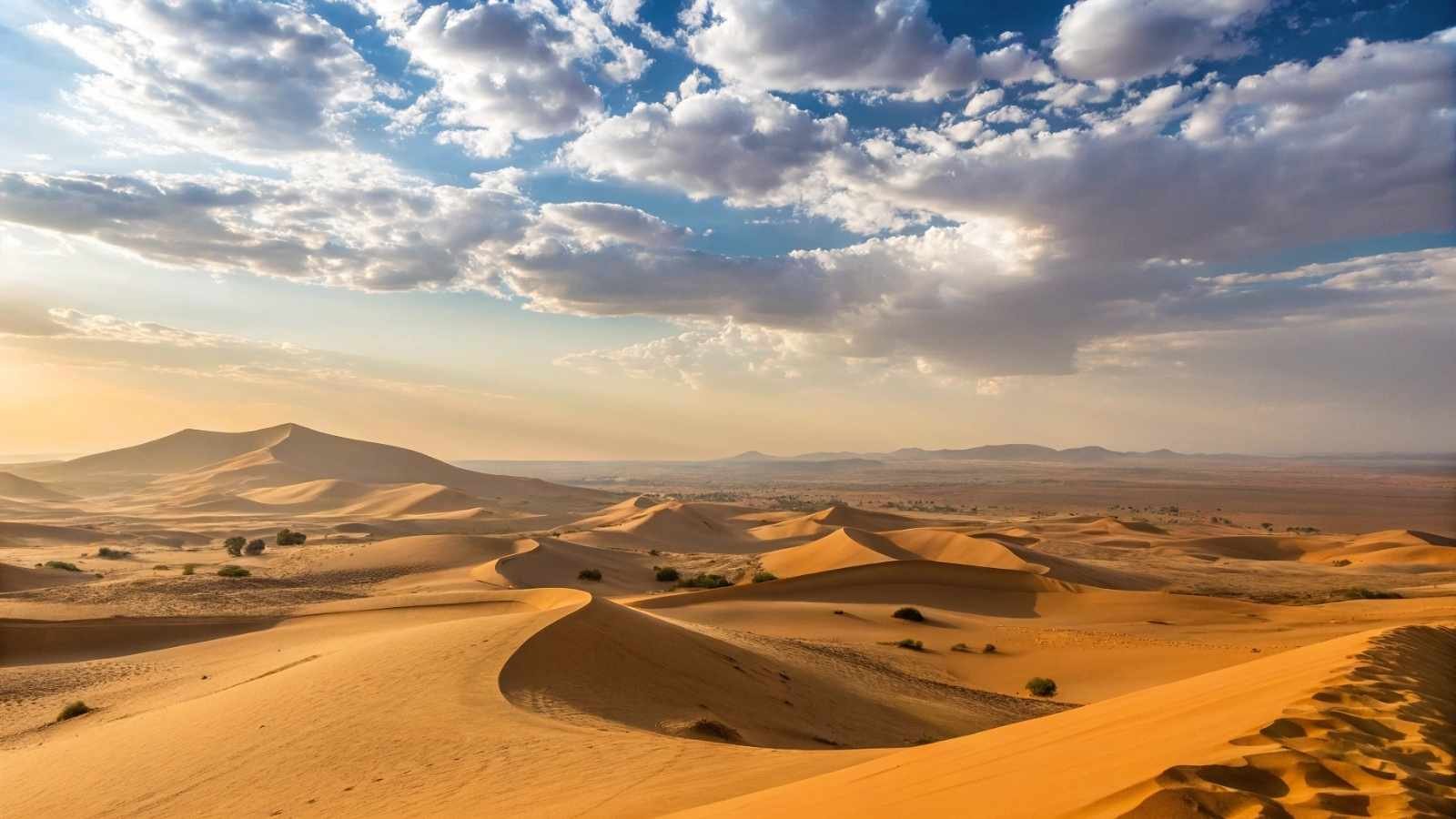
The Sahara Desert is the world’s largest hot desert, spanning 9 million square kilometers across North Africa. It’s not just dry and hot; it’s a land of extremes. The sun beats down relentlessly during the day, pushing temperatures to scorching highs of 50°C (122°F). But as night falls, the temperature can plummet drastically, with some areas dropping below freezing. It’s a landscape of dunes, rocky plateaus, and vast stretches of sand that seem to stretch endlessly to the horizon.
Yet, within this barren expanse, there’s a unique beauty. The shifting sands create ever-changing patterns, and at sunrise, the colors of the desert glow in shades of orange, red, and gold. Travelers can experience the magic of the Sahara in many ways—camel treks, staying in traditional desert camps, or visiting ancient Berber settlements. There’s something powerful about spending a night under the stars in one of the most desolate places on Earth.
Even though it may seem inhospitable, the Sahara is not without life. Desert flora and fauna have adapted to its harsh climate, and some wildlife, like the addax antelope and desert fox, thrive in this extreme environment.
Additional Information:
- Best Months to Visit: October to February (cooler temperatures).
- Top Attractions: Erg Chebbi Dunes, Siwa Oasis, Giza Pyramids, and The Atlas Mountains.
- Tips:
- Dress in light layers to protect against both the heat and the cold.
- Stay hydrated, even in the desert air.
- Don’t forget sunscreen—sunburn is a common issue.
- Traveling with a guide is essential for safety in such a remote environment.
6. The Arctic, Norway

Norway’s Arctic region is a land of extremes, where the sun never sets during summer, and polar nights engulf the land for months. The weather can be unforgiving, with temperatures dropping to -30°F (-34°C) during winter, but this region offers some of the most stunning sights. The Northern Lights (Aurora Borealis) put on a breathtaking show in the skies, painting the night with mesmerizing colors. Amidst the snowy mountains, fjords, and glaciers, Norway’s Arctic landscapes are unlike anything you’ll experience.
Visiting the Arctic isn’t just about braving the cold—it’s about experiencing the raw wilderness. The wildlife here is fascinating, with polar bears, reindeer, and walruses roaming the terrain. For those who love adventure, you can explore the icy waters by boat or even go dog sledding across the snow-covered expanses. But remember, the weather can change quickly, and the isolation can feel intense, especially when you’re far north of the Arctic Circle.
As climate change affects this region, the landscape is evolving, with glaciers melting and shifting weather patterns. This makes the Arctic one of those places that demand respect, not just for its beauty but for its fragility.
Additional Information:
- Best Months to Visit: June to August (for mild weather and the Midnight Sun).
- Top Attractions: Svalbard, Lofoten Islands, Tromsø, North Cape.
- Tips:
- Layer up with thermal clothing—don’t underestimate the cold.
- Be prepared for sudden weather changes, especially in remote areas.
- Don’t miss out on a Northern Lights safari for a once-in-a-lifetime experience.
- Book in advance for activities like dog sledding and polar bear watching.
7. Lake Baikal, Russia
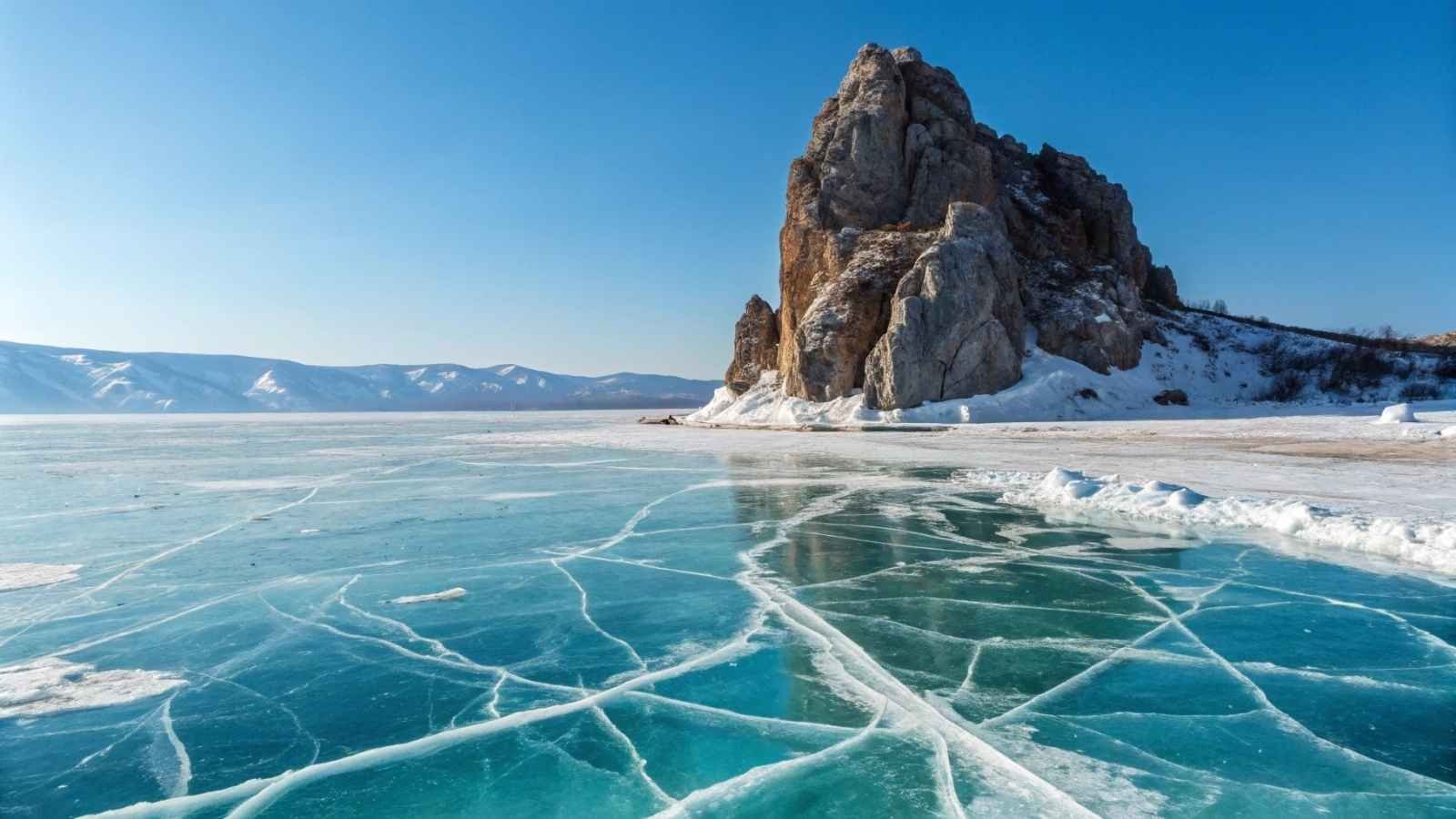
Lake Baikal in Siberia is not only the deepest lake in the world but also one of the coldest places you can visit. The average winter temperature hovers around -22°F (-30°C), and it can drop even further. But this extreme environment has its wild beauty, especially in winter when the lake freezes into a vast, crystal-clear ice sheet. Walking on this frozen expanse feels like stepping onto another world, as the blue ice sparkles and creaks underfoot.
The lake is 5 million years old, and the surrounding area is home to unique species that can’t be found anywhere else on Earth. In the warmer months, the shoreline is lined with lush forests and wildlife, including Siberian tigers and Buryat people who have lived off the land for centuries. For adventurers, the lake offers ice diving, skiing, and an incredible view of the stars during polar nights.
Visiting Lake Baikal is about embracing the harshness of Siberia and finding beauty in the unexpected. The cold is relentless, but the landscapes are profound, leaving a lasting impression of nature’s power.
Additional Information:
- Best Months to Visit: June to September (for warmer temperatures and nature exploration).
- Top Attractions: Olkhon Island, Baikal Ice Festival, Listvyanka Village.
- Tips:
- If visiting in winter, dress in layered thermal clothing.
- Explore by snowmobile or dog sled for an unforgettable adventure.
- Make sure to bring a camera to capture the stunning ice formations in winter.
- Plan for remote accommodations, as services are sparse in the area.
8. Iceland
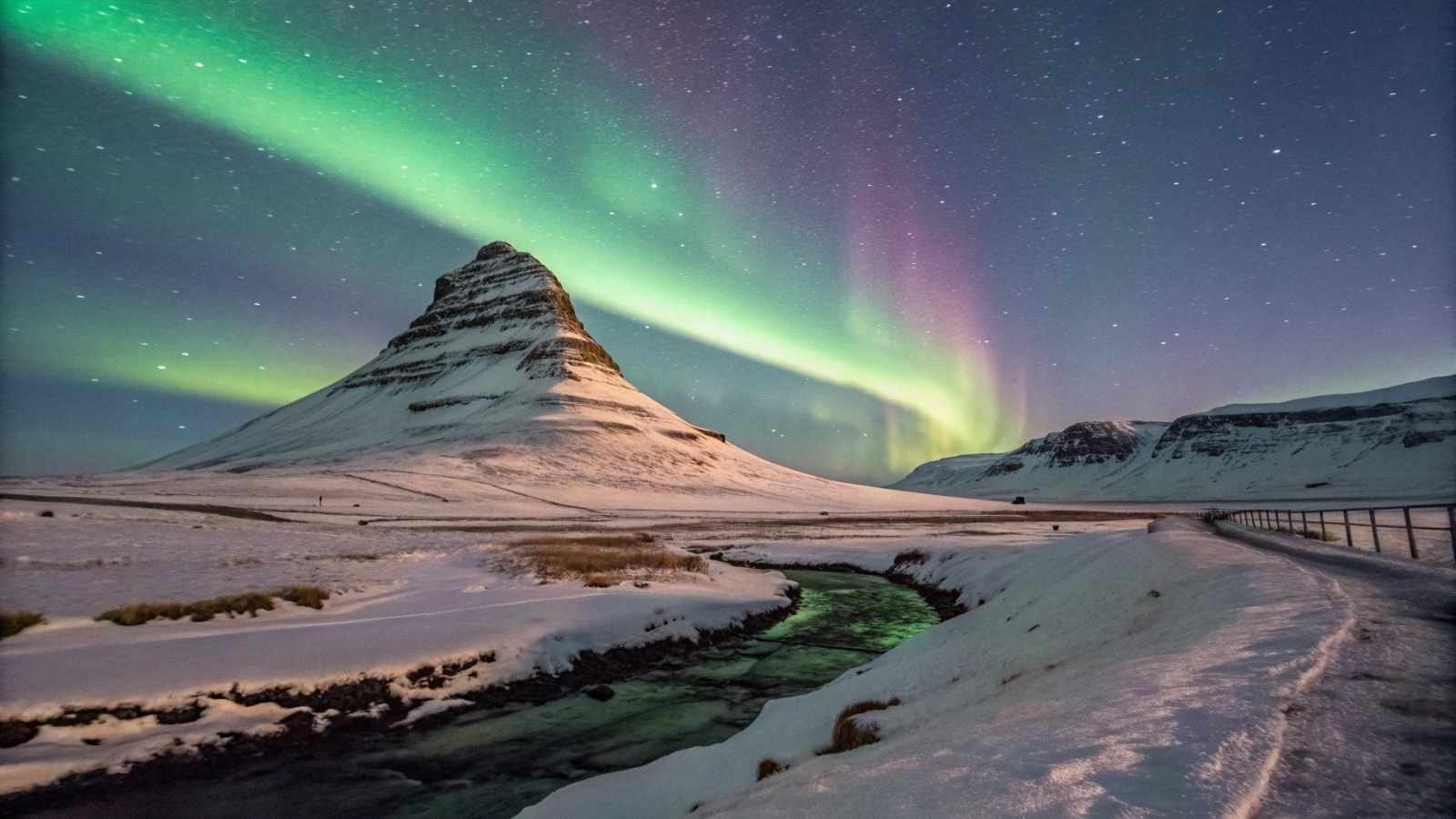
Iceland’s weather is as unpredictable as it is extreme. Known for its volcanoes, glaciers, and hot springs, the island experiences wild temperature fluctuations, with summer temperatures rarely exceeding 60°F (15°C) and winter temperatures dropping to around 25°F (-4°C). But the true extremity comes from the frequent storms, snowfalls, and rapid shifts in weather. The landscape is shaped by these weather forces, making it an exciting and sometimes intimidating place to visit.
One of the most famous sights is Gullfoss, a massive waterfall, which freezes in the winter, creating glittering ice sculptures. The island is also home to geothermal areas, where you can relax in hot pools amidst snowstorms. For those craving adventure, glacier hikes or visiting volcanic craters are incredible ways to experience Iceland’s raw power. The Northern Lights add an ethereal touch to the Icelandic sky, making it a haven for photographers and stargazers.
However, Iceland’s weather is famous for its volatility. You could be hiking in sunshine one minute, and the next, snow or rain might rush in. Be prepared for anything when venturing into Iceland’s extremes.
Additional Information:
- Best Months to Visit: June to August (for warmer weather and more daylight).
- Top Attractions: Golden Circle, Blue Lagoon, Vatnajökull Glacier, Jökulsárlón Glacier Lagoon.
- Tips:
- Always check the weather forecast before venturing into remote areas.
- Bring windproof and waterproof gear.
- Renting a 4×4 vehicle is ideal for navigating Iceland’s rugged terrain.
- Make sure to book tours for glacier hiking and ice cave exploration in advance.
9. The Gobi Desert, Mongolia
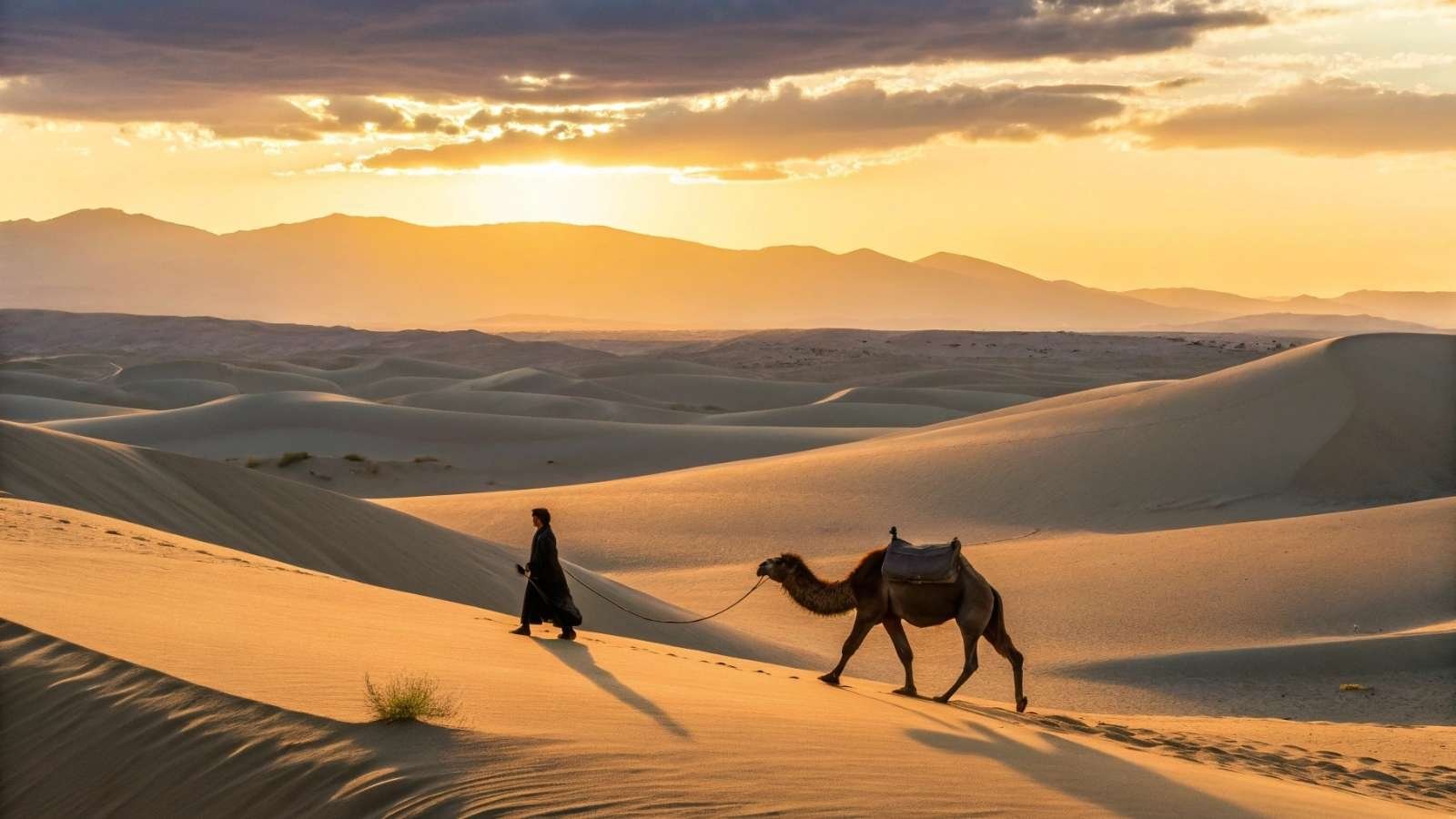
The Gobi Desert is one of the most extreme places on Earth, with temperatures that swing drastically. Summer temperatures soar up to 113°F (45°C), while winter temperatures can drop as low as -40°F (-40°C). This dramatic shift is just part of the Gobi’s harsh charm. A land of vast, empty plains, dunes, and rocky outcrops, the desert is home to rare creatures like the Bactrian camel and snow leopards.
The Gobi has been a crossroads of ancient civilizations for centuries, and many relics of the Mongol Empire and Silk Road still dot the landscape. Despite the tough conditions, the Gobi is captivating, especially when you visit the Yolyn Am gorge, where the rugged cliffs are home to rare ice fields, even in summer. The stark beauty of the desert, coupled with its wild history, makes it a truly extreme and unforgettable place.
The weather is unforgiving, but the experience of exploring the desert, from the towering sand dunes to the ancient ruins, offers an adventure that only the most daring travelers will understand.
Additional Information:
- Best Months to Visit: June to September (for milder temperatures).
- Top Attractions: Khongoryn Els (singing dunes), Yolyn Am Gorge, Bayanzag (flaming cliffs).
- Tips:
- Sunscreen and wide-brimmed hats are essential for protection from the sun.
- Stay with a local guide for insight into the culture and history.
- Bring plenty of water and snacks for desert journeys.
- Prepare for extreme temperature changes, especially at night.
10. The Namib Desert, Namibia

The Namib Desert is one of the oldest deserts in the world, with some areas untouched by rain for over 50 million years. The towering red dunes of Sossusvlei are a highlight, reaching heights of 300 meters (1,000 feet), making for some of the most dramatic landscapes on the planet. The desert’s extreme dryness is combined with the baking heat, which can push temperatures over 104°F (40°C) during the day. But the real charm of the Namib Desert comes when you see its life forms: from oryx and meerkats to scorpions and rare desert-adapted plants, the desert comes alive in unexpected ways.
While the extreme heat can be overwhelming, the landscape’s beauty is unrivaled. The dunes change color throughout the day, from deep reds and oranges in the morning to more muted shades at sunset. For photographers, this place is a paradise, capturing the interplay of light and shadow in the desert’s vastness. You can also take dune-boarding, an activity that’s both exhilarating and daring.
The desert’s extreme conditions make this a place for the adventurous, but it offers some of the most stunning views in the world. It’s a reminder of nature’s incredible power and beauty.
Additional Information:
- Best Months to Visit: April to October (for cooler, drier conditions).
- Top Attractions: Sossusvlei, Deadvlei, Sandwich Harbour, Sesriem Canyon.
- Tips:
- Bring ample water to stay hydrated in the heat.
- Dress in lightweight, breathable clothing, but wear a hat for sun protection.
- Sunblock is essential, as the sun in the desert can be intense.
- Go for early morning or late afternoon tours to avoid the heat of midday.
11. Oymyakon, Russia

Oymyakon holds the chilling title of being the coldest inhabited place on Earth. Located in Siberia, this remote village experiences winter temperatures that plunge as low as -67.7°F (-55.4°C). The extreme cold here is nothing short of mind-boggling, where even the toughest of adventurers would think twice before stepping outside. The icy wind bites into your skin, and your breath freezes the moment it leaves your body. But despite the oppressive cold, there’s a stark beauty in Oymyakon that draws the few who are willing to brave it.
Visiting Oymyakon isn’t just about surviving the cold—it’s about experiencing life in one of the most extreme climates. The frost-covered landscapes, the smoky chimneys, and the icy trees create an ethereal, almost surreal ambiance. The village, a tiny dot amidst vast Siberian wilderness, is a testament to human resilience. Residents here live life with an intimate connection to the land, having adapted to these harsh conditions for centuries.
But, don’t be fooled by the extreme beauty. The cold here is dangerous, and safety should be a top priority. Visitors who want to explore must be prepared for the brutal weather, which can catch the unprepared off guard. So, if you’re after an adventure of extremes, Oymyakon’s frigid embrace is waiting.
Additional Information:
- Best Months to Visit: February to March (for slightly less severe cold).
- Top Attractions: Frozen landscapes, traditional Siberian life, and the coldest weather records.
- Tips:
- Layer up with insulated, high-quality gear.
- Ensure you’re familiar with cold-weather survival tips before venturing out.
- Plan your travel carefully, as transportation can be disrupted by extreme cold.
12. The Andes, South America

Stretching across seven countries, the Andes mountain range is home to some of the most extreme weather conditions in the world. With peaks reaching over 20,000 feet (6,000 meters), this region brings together high altitudes, thick snowfall, and unpredictable storms. The wind-chill factor can make the temperature feel far colder than it is, especially in the Patagonian region at the southern tip of the Andes. However, it’s the sheer diversity of weather—from sub-zero temperatures in the mountains to sunny, high-altitude plateaus—that creates the uniqueness of the Andes.
Visitors who come to the Andes are not just braving extreme weather—they are exploring a land of rich culture, where ancient civilizations like the Incas once thrived. The snow-capped peaks, the glacial lakes, and the lush rainforests in lower regions offer an astonishing contrast of environments within the same region. Whether you’re trekking through Machu Picchu or scaling peaks like Aconcagua, the Andes constantly remind you of the raw force of nature.
But it’s not just about the awe-inspiring landscapes—this extreme environment is also a haven for those seeking a challenge. Hiking, mountaineering, and ice climbing are popular activities, but these should be done with proper preparation. For adventurers, there’s a world of extreme sports and exploration awaiting at high altitudes.
Additional Information:
- Best Months to Visit: December to March (summer months, but varying weather conditions).
- Top Attractions: Aconcagua, Machu Picchu, Torres del Paine, Salar de Uyuni.
- Tips:
- Prepare for altitude sickness by allowing time to acclimatize.
- Bring sun protection—the high altitudes can be brutal on your skin.
- Always consult a local guide if you plan to hike or explore remote areas.
13. Borneo’s Rainforests, Malaysia

Borneo, with its lush, tropical rainforests, may seem like an unlikely candidate for extreme weather, but the island faces some of the world’s most intense monsoons. The weather can shift from sweltering heat to torrential downpours within minutes, creating an environment that is both unpredictable and intense. The humidity is often overwhelming, and the dense jungle heat can make outdoor exploration exhausting. Yet, this very intensity shapes Borneo into one of the most biodiverse places on Earth.
If you’re a nature lover, the rainforests of Borneo offer an experience like no other. Towering orangutans swing through trees, proboscis monkeys play along the riverbanks, and rare flowers like the Rafflesia arnoldii bloom in isolated patches. The rainforest itself is an ecosystem full of life, and the extreme weather only enhances the rugged beauty of this world. Even if it’s pouring rain, you can find vibrant life all around you—from the flora to the fauna, there’s never a dull moment.
But don’t take the tropical climate lightly. The extreme humidity, coupled with frequent thunderstorms, means that preparation is essential for anyone planning to explore Borneo’s wild side. Be sure to pack waterproof gear, sturdy boots, and keep in mind that the weather can turn quickly.
Additional Information:
- Best Months to Visit: March to October (during the dry season).
- Top Attractions: Borneo Rainforest Lodge, Mount Kinabalu, Sepilok Orangutan Rehabilitation Centre.
- Tips:
- Wear lightweight, moisture-wicking clothing to combat the heat and humidity.
- Pack waterproof gear—storms can be sudden and fierce.
- Travel with a local guide who knows the ins and outs of the jungle.
14. The Swiss Alps, Switzerland

The Swiss Alps are home to some of the most extreme mountain weather in Europe. The temperatures can plunge well below freezing during the winter months, with blizzards and high winds that make it feel even colder. But despite this, the Alps remain one of the most sought-after destinations for winter sports lovers. The ski resorts here attract visitors from all over the world, but the weather challenges in this mountainous region are not for the faint of heart.
The Alps’ extreme weather is not just about the snowstorms and frigid conditions—it’s about the grandeur of the landscape that leaves you breathless. Towering peaks like Matterhorn and Jungfrau form a jagged skyline that catches the light at sunrise and sunset in ways that defy words. Adventurers can hike, ski, and snowboard their way across pristine, snow-covered landscapes, while also experiencing traditional Swiss villages nestled in valleys. There’s a blend of natural beauty and sportsmanship that makes the Swiss Alps a bucket-list destination for many.
But the weather can be treacherous at times, with whiteouts, avalanches, and icy trails. Those who visit the Alps must be ready to tackle extreme conditions, and safety measures are vital for winter activities. If you’re ready for the challenge, the Swiss Alps offer an unforgettable adventure.
Additional Information:
- Best Months to Visit: December to March (for skiing), June to September (for hiking).
- Top Attractions: Zermatt, Jungfraujoch, Interlaken, St. Moritz.
- Tips:
- Check avalanche warnings before venturing into the backcountry.
- Always wear appropriate winter gear, including high-quality boots, gloves, and jackets.
- Be prepared for sudden weather changes, even in the summer months at high altitudes.






